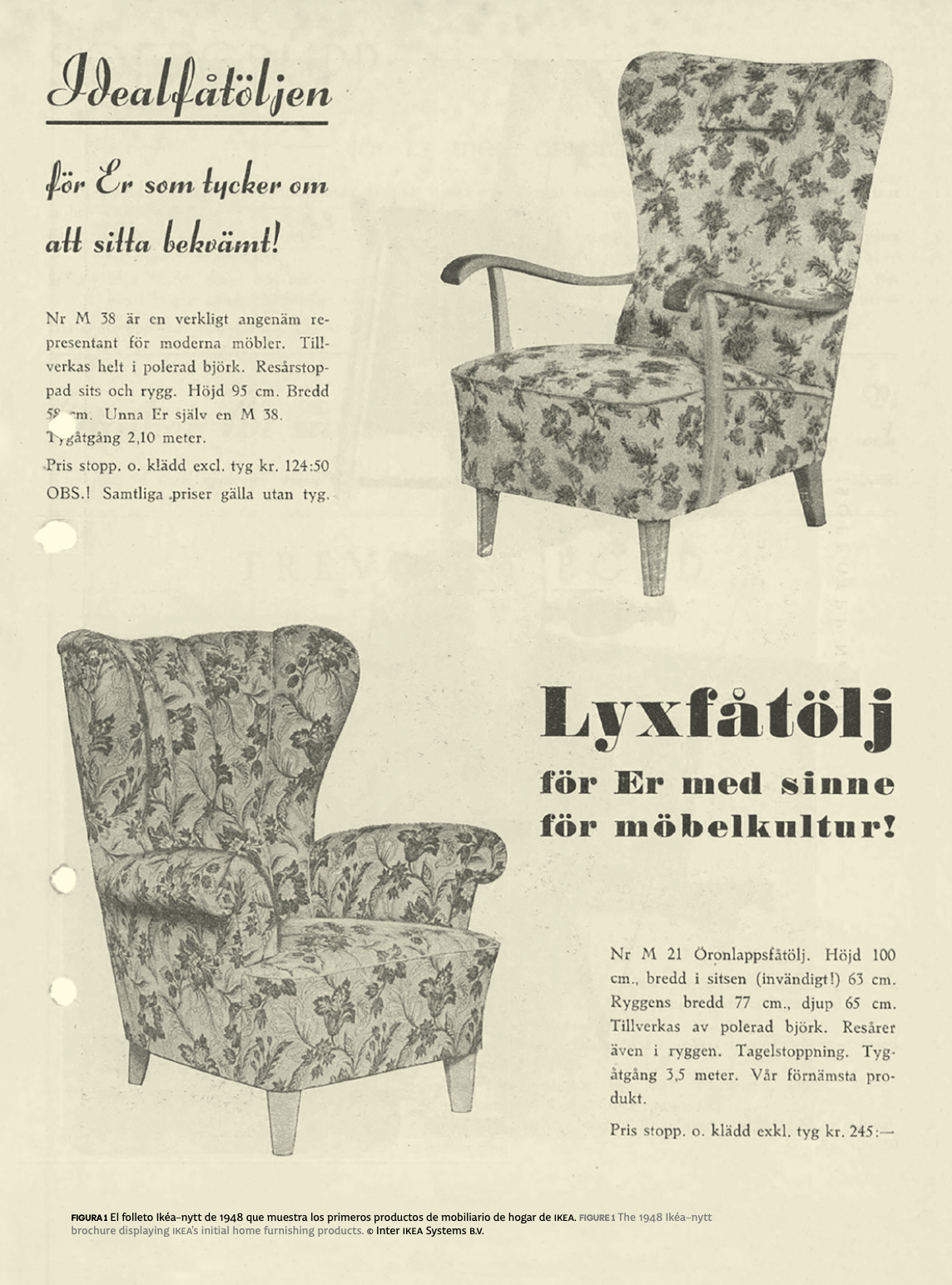on Sale: From Early Modern Shop Windows to IKEA’s Maximized Exhibitions
Article Sidebar

Keywords:
Main Article Content
Abstract
This paper adopts a multidisciplinary approach in linking industrial production with modern discourses and considering the pivotal roles of consumption and display in the modern history
of architecture. Starting from a theoretical preface, the paper investigates three pivotal moments of ‘air’ in the history of shopping: early experiments with window dressings, their implementation in multimodal showrooms, and digital displays. It looks at the relationships between ‘air’ as, on the one hand, an architectural object reflected in the modern fascination for transparency, glass, and display; and, on the other, as a conceptual one, a means for commodification that even surpasses matter. In particular, the paper focuses on the behavior of one of the protagonists of our material culture shaping and experimenting with consumption patterns straddling the 20th and 21st centuries: the world’s largest furnishing company IKEA. From IKEA’s early showroom, the subsequent glassed stores, to its latest virtual exhibitions, it retraces the shifts of ‘air’ from an ‘architectural’ to a ‘conceptual’ object by journeying through the Swedish company’s steps toward immaterial consumption.
This paper is part of a larger project as it draws from the author s ongoing doctoral thesis, The IKEA Home. A Counter- history of Domestic Space, conducted at KU Leuven, Brussels, in collaboration with Martino Tattara and Fredie Flore.
Article Details

This work is licensed under a Creative Commons Attribution-NonCommercial 4.0 International License.
Materia Arquitectura provides immediate and free access to all the content of this online edition, published simultaneously with the print edition.
Materia Arquitectura does not charge authors for any concept.
All contents of this electronic edition are distributed under the Creative Commons license of "Attribución-shareAlike 4.0 Internacional" (CC-BY-SA).
The rights of the published texts and images belong to their authors, who grant Materia Arquitectura the license for their use. The management of the permits and the authorization of the publication of the images (or of any material) that contains copyright and its consequent rights of reproduction in this publication is the sole responsibility of the authors of the articles.
As long as they mention their origin, the authors are free to distribute their articles by other means. Any total or partial reproduction of the material must mention its origin.
Downloads
References
Benjamin, W. (1999). The arcades project (H. Eiland & K. McLaughlin, Trads.). Belknap Press.
Benjamin, W. (2008). The work of art in the age of its technological reproducibility, and other writings on media (M. W. Jennings, B. Doherty, & T. Y. Levin, Eds.). Belknap Press.
Birnbaum, D., & Wallenstein, S.-O. (2019). Spacing philosophy: Lyotard and the idea of the exhibition. Sternberg Press.
Carrai, R. (en prensa). Fiction: IKEA’s saleable living for pandemic life. En J. Scholze, P. Kirkham, S. Knott, P. Sparke, & E. Ioannidou (Eds.), Interiors in the era of COVID-19. Bloomsbury.
Chambres d’Amis: IKEA. (n.d.). Chambres d’Amis: IKEA. Recuperado el 15 de abril de 2022 de https://www.chambres-d-amis.com
Digital exhibitions—IKEA Museum Digital. (n.d.). IKEA Museum. Recuperado el 15 de abril de 2022 de https://ikeamuseum.com/en/digital/
Dunn, R. G. (2008). Identifying consumption: Subjects and objects in consumer society. Temple University Press.
Garvey, P. (2009). Culture materialised: IKEA furniture and other evangelical artefacts. En J. Fenwick (Ed.), Lost and found II: Rediscovering Ireland’s past (pp. 53–60). WordWell.
Heynen, H. (2009). “Leaving traces”: Anonymity in the modernist house. En P. Sparke, A. Massey, T. Keeble, & B. Martin (Eds.), Designing the modern interior: From the Victorians to today (pp. 119–130). Berg.
Kamprad, I., & Torekull, B. (1998). Leading by design: The IKEA story. Harper.
Lasc, A. I., Lara-Betancourt, P., & Petty, M. M. (Eds.). (2018). Architectures of display: Department stores and modern retail. Routledge.
Matthewson, G. (2009). People who live in glass houses: Walter Benjamin and the dream of glass architecture. En J. Gatley (Ed.), Proceedings of the 26th annual conference of the Society of Architectural Historians, Australia and New Zealand (pp. 1–12).
Palmblad, S. (2020). Arkitekt Claes Knutsson: Du får aldrig stunden tillbaka. Kulturspridaren Förlag.
Pregliasco, L., & Diamanti, G. (2021). Politica Netflix: Chi detta l’agenda nell’era dei social. Will Media.
Roberts, T. (2012). From “new materialism” to “machinic assemblage”: Agency and affect in IKEA. Environment and Planning A: Economy and Space, 44(10), 2512–2529. https://doi.org/10.1068/a44692
Robinson, W. I. (2020). Global capitalism post-pandemic. Race & Class, 62(2), 3–13. https://doi.org/10.1177/0306396820951999
Schwartz, V. R. (2001). Walter Benjamin for historians. The American Historical Review, 106(5), 1721–1743. https://doi.org/10.2307/2692744
Seits, I. (2020). What is the aesthetics of the everyday? (Some thoughts on a journey to the IKEA Museum in Älmhult). En M. S. C. Schuback, H. Mattsson, K. Riegert, & H. Ruin (Eds.), Material: Filosofi, estetik, arkitektur: Festskrift till Sven-Olov Wallenstein (pp. 111–124). Södertörns högskola.
Trendafilov, D. (2018). Design incorporated: IKEA as personal experience. Punctum. International Journal of Semiotics, 4(1), 165–178. https://doi.org/10.18680/hss.2018.0010